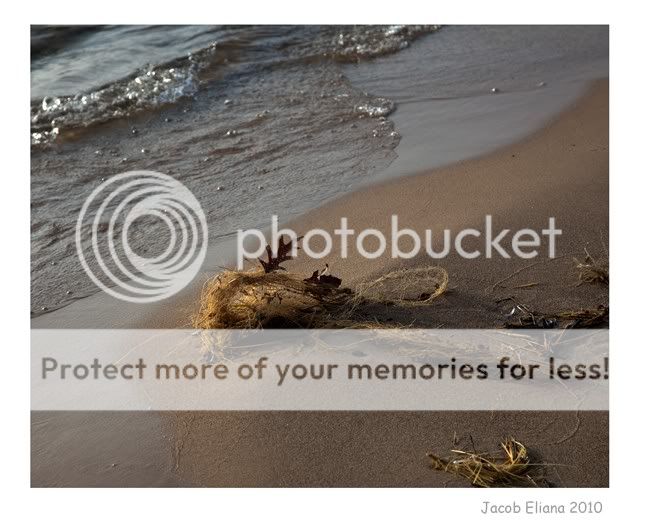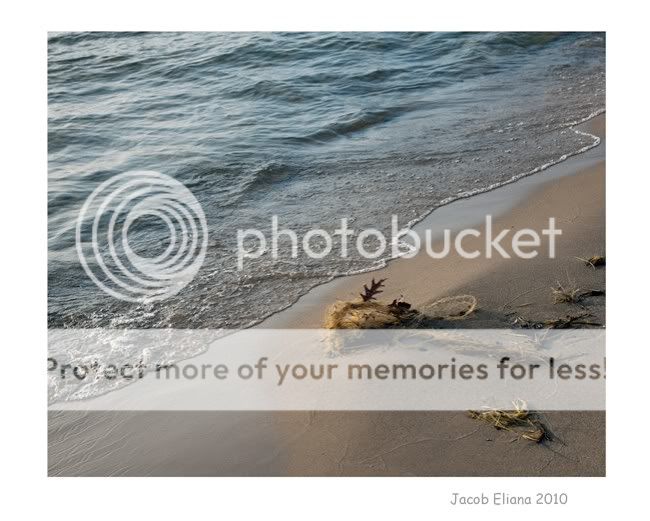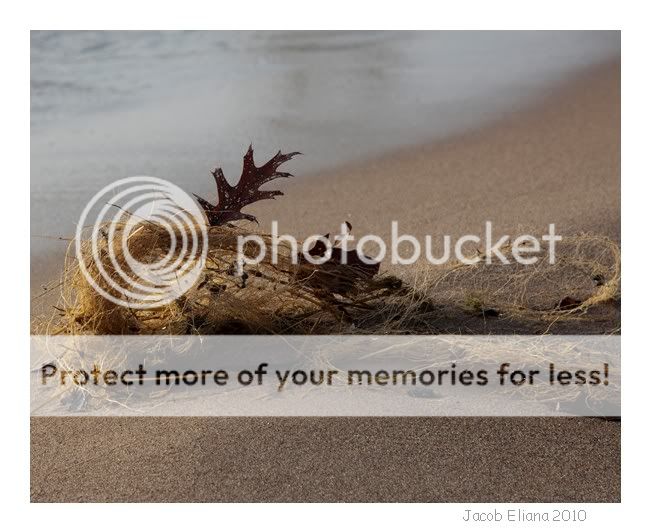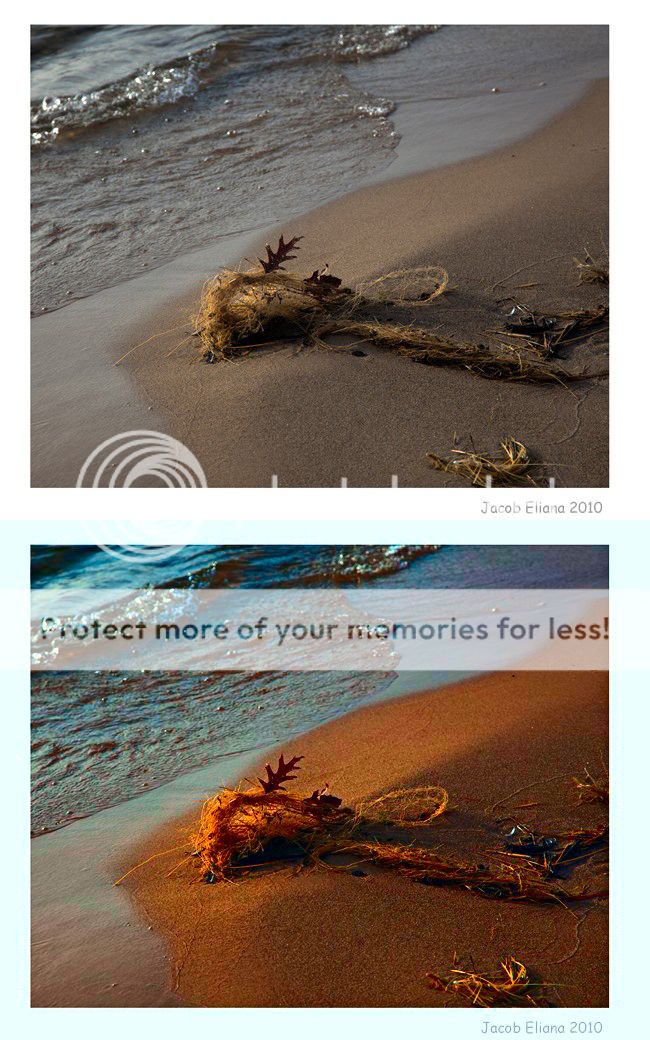Rachel,
Every type of photography (excepting scientific) relies upon relationships. Most basically, every photo attempts to establish a relationship with its viewer. Some convey information , some attempt to invoke emotional response, recollection, imagination, etc. This relationship begins instantly with 99.99% of viewers first asking "What is it?". Whether or not viewers can quickly decode that answer, during the next few seconds they'll move on to ask, "What's important here? What's s/he trying to show me?".
Those questions represent your dialog with every viewer of every image you show. So if you want to convey anything to these people you're going to have to anticipate these reflexive questions. Don't leave answers to chance. Take control of them by making sure that you've asked, and answered, them for yourself before you press that darn button.
You answer these questions by establishing another layer of relationships, this time between elements in your image. Spacial relationships. Figurative relationships. Gestural relationships. That's what the camera's for. You move it. You use optical tricks to get things done.
Long-winded way to suggest that you've chewed this cud long enough. Time to try, try again by considering what you want to convey with such a subject and then considering possibilities for using that camera to paint the visual relationships required.
(From a purely compositional perspective -whatever the hell that means- go back to that Harald Mante book with this image. I think you'll find his lessons very accessible and useful for this image.)







